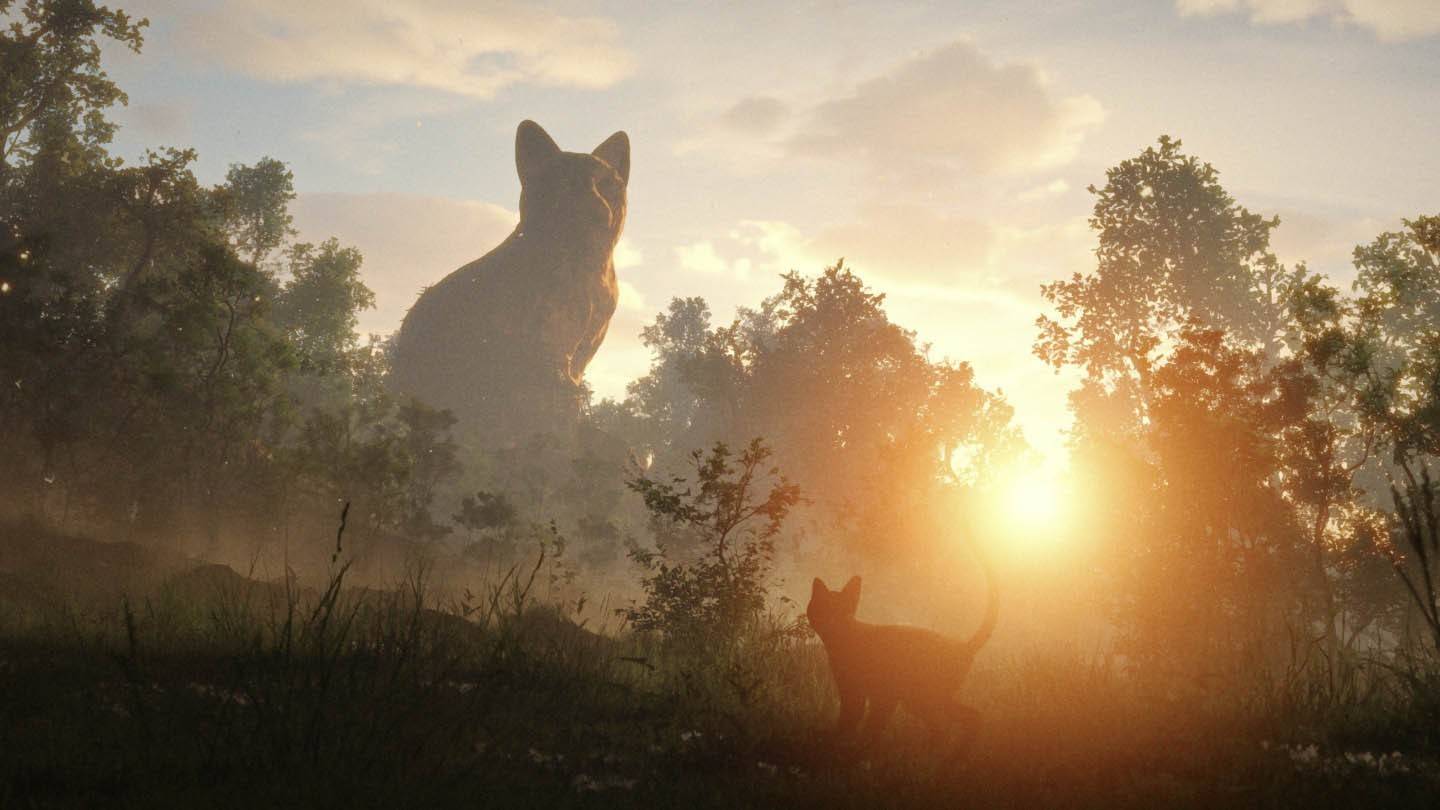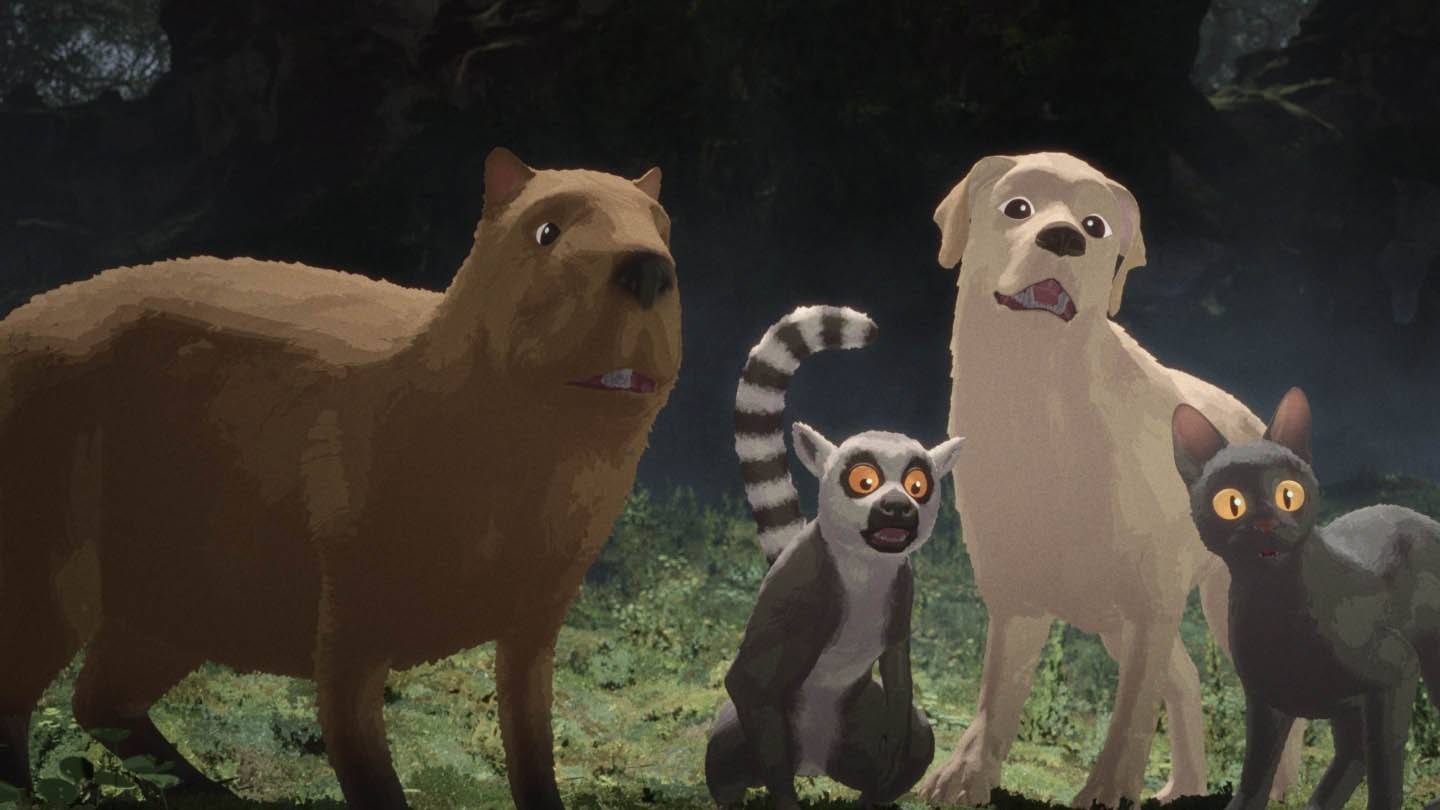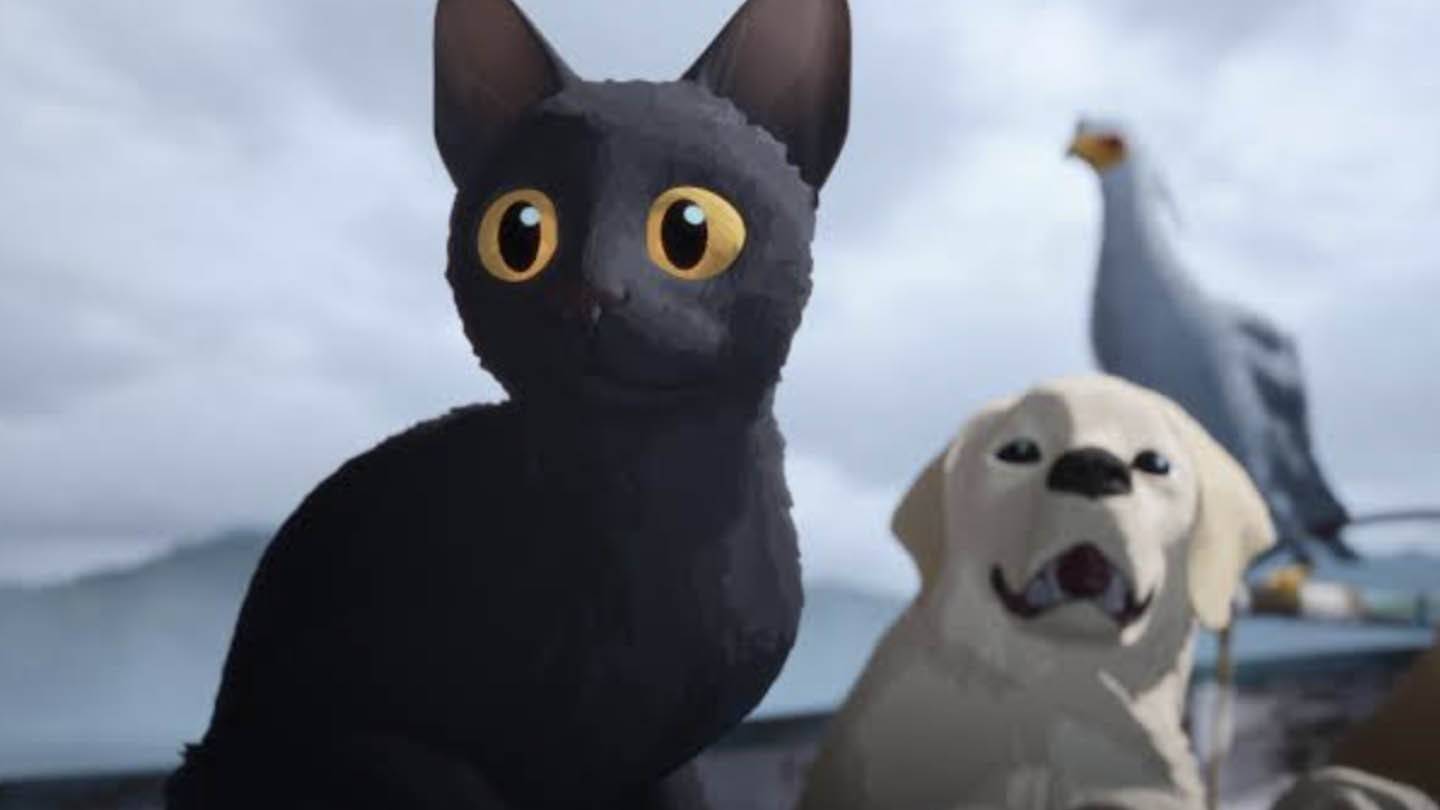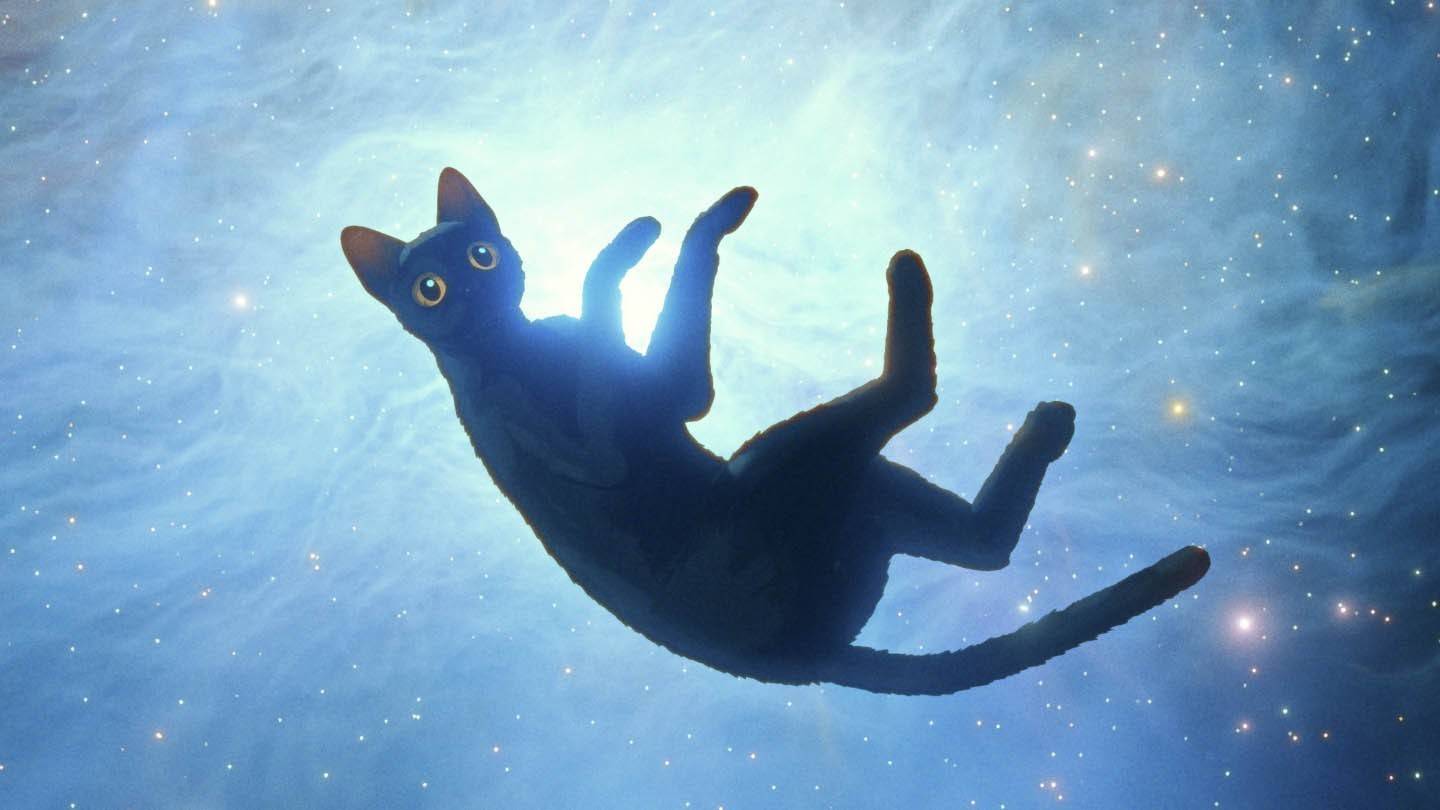Gints Zilbalodis's Latvian animated film, Flow, unexpectedly emerged as one of 2024's most remarkable cinematic achievements. This groundbreaking film garnered over 20 international awards, including a Golden Globe, and made history as the first Latvian production to win the coveted Oscar for Best Animated Feature.
Set in a hauntingly beautiful, post-apocalyptic world devoid of humanity, Flow follows a resourceful cat and other animal survivors navigating an impending global flood.
Table of Contents
- What Makes Flow So Extraordinary
- The Open-Ended Conclusion
- Recording Authentic Animal Sounds
What Makes Flow So Extraordinary

Animals Mirroring Human Behavior
Flow cleverly uses animals to explore complex human traits and social dynamics. The adaptable and resourceful cat contrasts with the calm capybara, highlighting the dangers of complacency. The strong leadership of the secretary bird is juxtaposed against the youthful energy and social needs of the labradors, while the lemur offers a critique of consumerism. These diverse personalities offer valuable lessons for children, while adults will recognize familiar behaviors. Director Gints Zilbalodis even drew parallels between his team-building experience and the cat's journey of learning trust and collaboration.
A Story That Sparks Childlike Imagination
Released amidst global uncertainty, Flow resonates with contemporary anxieties about survival, cooperation, and environmental challenges. Without dialogue or human characters, the film encourages viewers' interpretations. The remnants of civilization hint at past floods and potential evacuations, leaving the fate of humanity ambiguous. The mysterious secretary bird further fuels speculation: is it divine intervention, hallucination, or a powerful leader?

The Open-Ended Conclusion
The film's open ending leaves viewers pondering several possibilities: Will the animals find new ways to coexist? How will their relationships evolve? What survival lessons can we learn from their experiences? This multi-layered approach allows for personal meaning and interpretation.
Unique Animation Style

Flow's visual style deviates from traditional animation, employing watercolor techniques and video game design to create a dreamlike aesthetic. Unlike fast-paced blockbusters, its seamless transitions and extended shots immerse the audience, creating moments of cinematic magic, such as extended camera movements through expansive landscapes.
No Words Needed
Flow masterfully demonstrates that compelling storytelling doesn't require dialogue. Through body language, facial expressions, and a natural soundscape, the film effectively communicates emotions and relationships.
Recording Authentic Animal Sounds

Capturing authentic animal sounds presented unique challenges. The cat's vocalizations required covert recording, while capybaras' vocalizations only occur in specific situations, demanding innovative solutions. Even common sounds were carefully crafted to match each character's personality.
Critical Acclaim and Recognition
Despite its modest $3.5 million budget, Flow received widespread critical acclaim. Guillermo del Toro called it "a visionary beginning for animation's future," Bill Hader declared it "the best film of 2024," and Wes Anderson praised its "absolute uniqueness and wild excitement." Its success showcases how creative vision and innovative techniques can overcome budgetary limitations to achieve artistic excellence.









